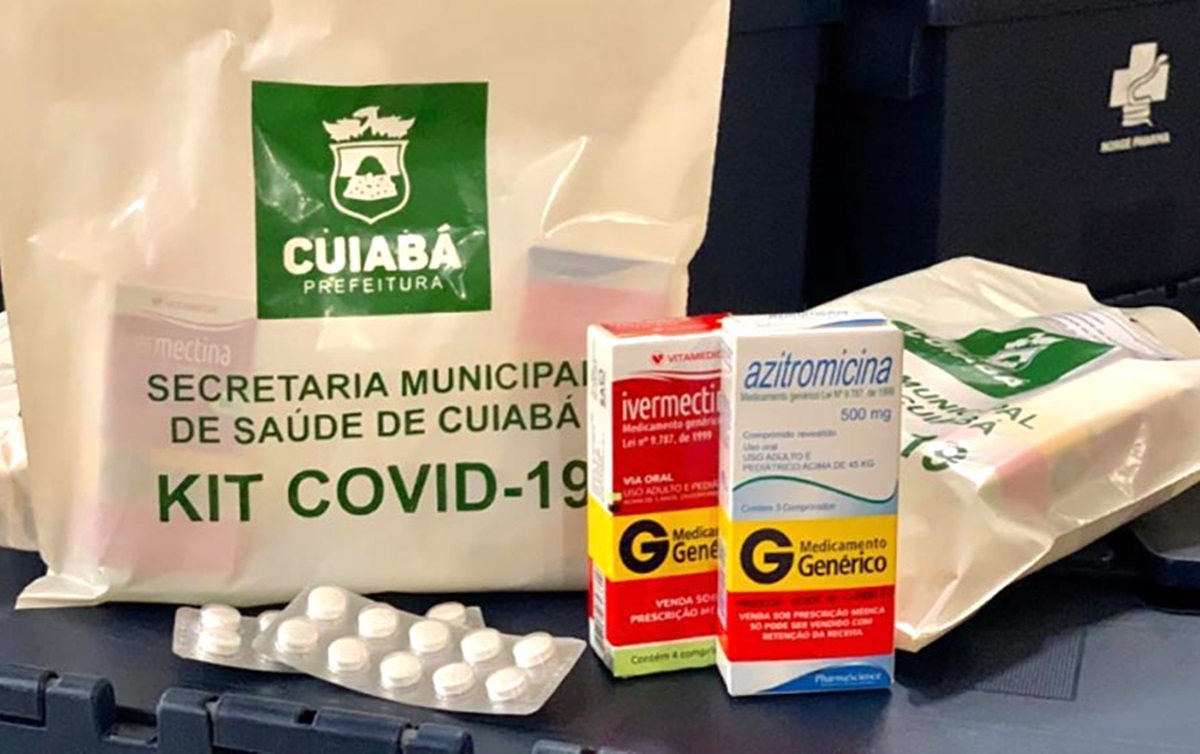The Santa Catarina media has released images of the service provided by the Fire Department to three victims attacked by bees on Frederico Jensen street, in Itoupavazinha, Blumenau. The protective clothing to deal with bees was not in the cars displaced for assistance, but in the face of the emergency, firefighters carried out the assistance, removing a 50-year-old woman, the one most attacked by bees, and then two more people.
“During the care of the first victim, informs the website https://omunicipioblumenau.com.br, the fire department man´s itself was attacked by bees. The situation was repeated in the care provided to the other two people at the site. The Archangel’s team, who traveled by land, attended to the firefighters at the scene of the incident. Eight firefighters were medicated and released on the spot. Of these, there were five military firefighters and three community firefighters. The firefighters emphasize that, due to the high risk that the initial victim ran due to the attack by the bees, they decided to carry out the service even without the proper PPE. The objective was to rescue her as quickly as possible, even if this would generate physical risk”. See the video below.
The hives are more populated during the summer and a massive attack can be triggered at any time by some disturbance, such as ground vibration by machines, noise from lawnmowers, brushcutters, among others.
Bees look for a quiet place to make their hives, in urban areas the Fire Department has found their hives housed in old sofas, cardboard boxes, thrown in vacant lots, stones, hollow trees, lining of houses and sheds, etc.
Bees are insects with very keen instincts and quick response in case of an attack sensation. To defend their hive and their queen, the bees give their own life, because the stinger, when used to sting someone, is pulled out, taking part of the intestine and they die.
Bees are aggressive when they feel threatened. So be careful when you spot a swarm of bees. Noises, strong smells (avoid perfume), tremors, vibrations, fast movements call their attention.
When the attack is triggered, the bees indiscriminately attack everyone in the vicinity. However, symptoms in the stinged person can range from local redness to death, depending on the number of stings and the person’s sensitivity to the bee’s venom. It is advisable to seek medical assistance as soon as possible.
How to proceed in these cases?
Beekeepers and the Fire Department recommend:
- – Always, move away from the hive as quickly as possible and without making any noise;
- – If attacked. Run away, if you can, run inside a field doing zig-zag. And only stop when you are absolutely sure they are no longer after you;
- – Is there not a plantation nearby or an open environment that allows running? If you have a river or a swimming pool, take a dip. One of the most classic ways to avoid such an attack is by going underwater;
- – When already protected, help whoever is being attacked with a blanket or something similar, or at a safe distance, where bees are no longer observed flying over;
- – If the victim receives a large number of bites, call the emergency medical service so that the person attacked receives proper care;
- – Regardless of the number of stings, if you are feeling unwell (drop in pressure, shortness of breath, appearance of reddish spots on the body or other symptom), seek immediate medical attention. You may be allergic and will need prompt assistance.
First aid in case of bee stings the procedure should be:
When the person is already safe, out of the bees’ range of action, it is recommended to proceed as described below:
- – Immediately remove the stingers to prevent all the poison from being injected into the victim. For this, do not use your finger or tweezers, in order not to compress the poison bag. It is recommended to remove the stingers with the aid of a knife or knife, scraping carefully close to the skin;
- – Wash the affected areas thoroughly with running water, without rubbing the skin so as not to spread the poison more quickly;
- – Apply ice packs to the bite site to reduce swelling.
- – Apply an anti-allergic and analgesic ointment to the stings, without rubbing, to ease the pain.
- – In cases of allergic people and patients who are not doing well, seek urgent medical attention.


